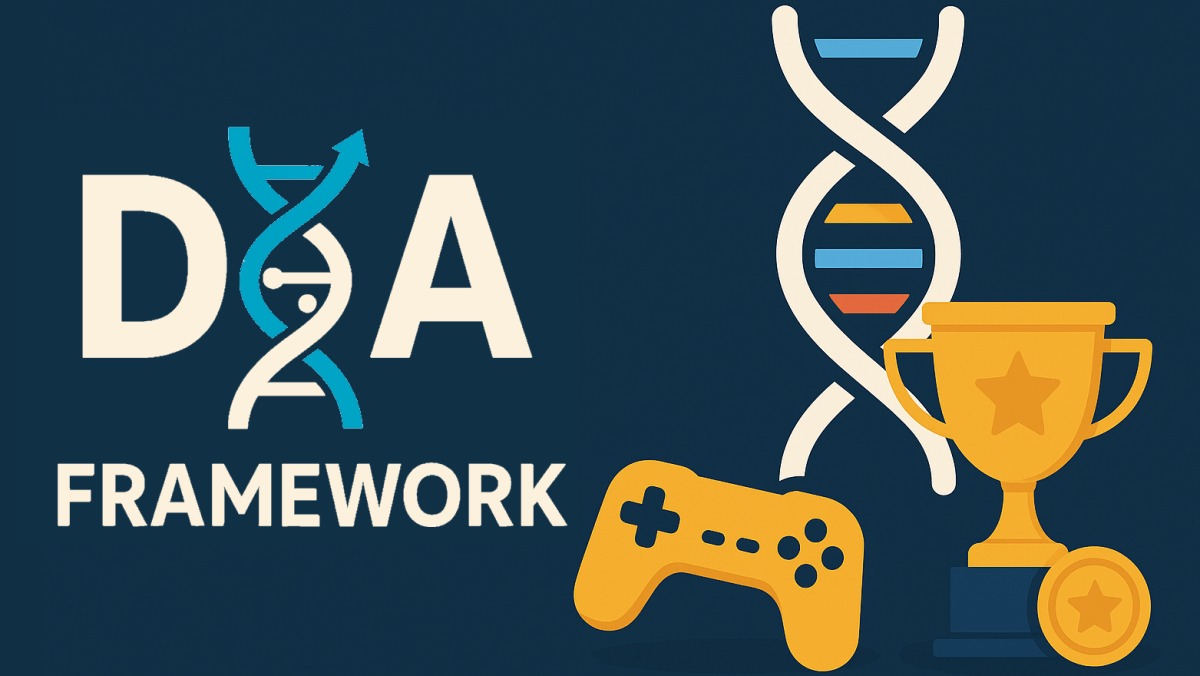It had to happen, I had to start writing about AI eventually. Why? Well, chatGPT is the ultimate gamification – a choose your own adventure with infinite outcomes!
I wanted to start with what AI is really bad at – being critical.
I’ve been using AI extensively over the last 12 months as a writing assistant, co developer and general wall to bounce ideas off, and I’ve learned a few things. First and foremost – AI is the best and worst cheerleader.
Everything you do is greeted with “that’s an amazing observation” or “what a great and insightful question” or “yes, this work is perfect, you are incredible”.
It like a constant stream of affirmation spewed out like shit from an incontinent dog,.but it is addictive. Suddenly, you are always right – how often can you say that in your day to day life 😉
It might make you feel great, but it also makes you miss critical issues with what you are doing. Rather than critique, you are getting confirmation of your own preconceptions. By default, things like ChatGPT wants to please you. This kills critical thinking, like having your own personal yes man that empowers all your worst ideas.
When you are working with AI, you need to set boundaries. You need to tell it to be critical, to analyse and assess what you are doing for merit and for being just plain shit.
I actually created a chat bot through ChatGPT that was trained on all my work, then given a personality. Ninja Monkey is sarcastic, dismissive and at times just plain rude. Bit, he does try to be critical and tell you the truth. If an idea is crap, he isn’t scared to tell you.
This is essential, as it has helped me write better content, but assessing and checking my ideas and critically considering it for it’s true merits – not just waving a pompom and saying “you are awesome, go you!” He’s more likely to threaten to slap me with a pair of nunchucks.
Hell of you tell him you’re Andrzej, he may even insult you! Read More ...





